
Myriapoda
(Centipedes & Millipedes)
Class : Chilopoda
Centipedes (from Neo-Latin centi-, “hundred”, and Latin pes, pedis, “foot”) are predatory arthropods belonging to the class Chilopoda. Centipedes are elongated segmented (metameric) animals with one pair of legs per body segment. All centipedes are venomous and can inflict painful stings, injecting their venom through pincer-like appendages known as forcipules or toxicognaths, which are actually modified legs instead of fangs. Despite the name, no species of centipede has exactly 100 legs; the number of pairs of legs is an odd number that ranges from 15 pairs to 191 pairs.
Order : Geophilomorpha
Superfamily : Himantarioidea
Family : Schendylidae
Schendylidae is a family of soil centipedes in the superfamily Himantarioidea and the order Geophilomorpha.
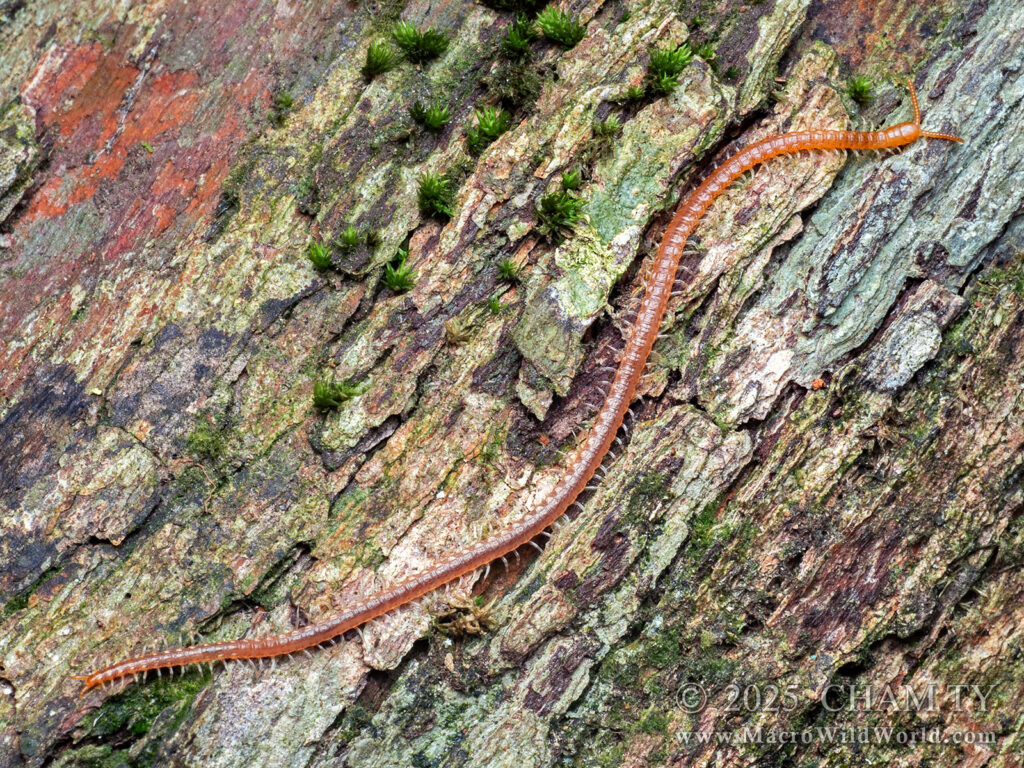
Soil centipede
Singapore
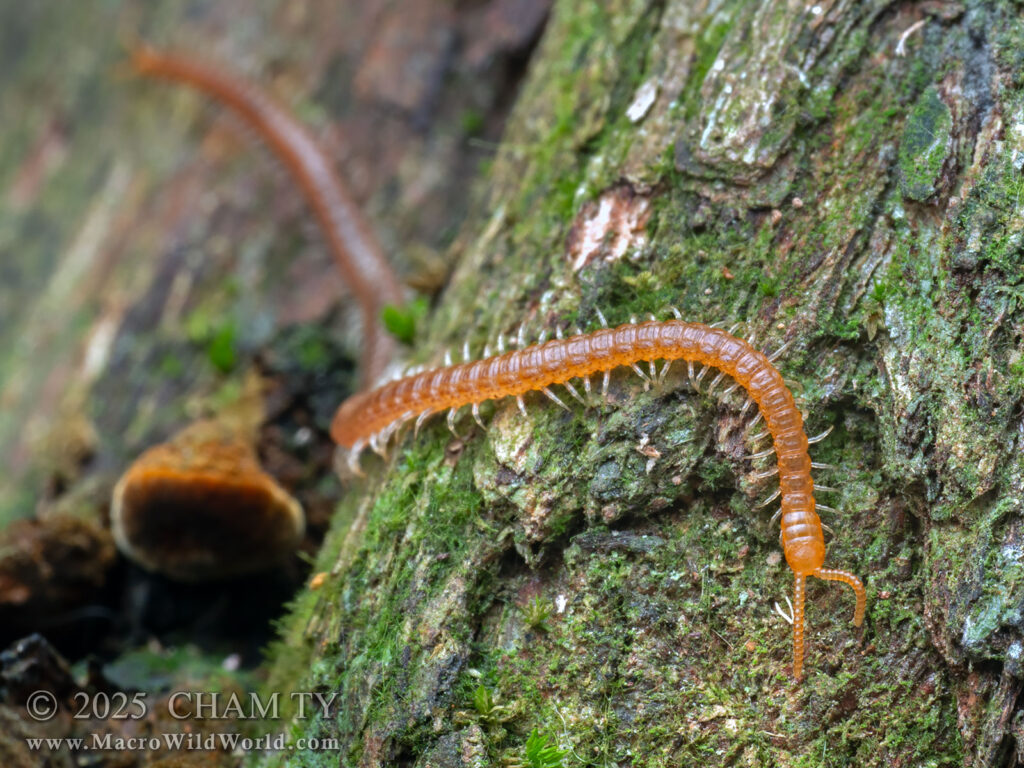
Soil centipede
Singapore
Order : Scolopendromorpha
Family : Scolopendridae
Nearly all species in this family have four ocelli (simple eyes) on each side of the head and only 21 pairs of legs.
Subfamily : Otostigminae
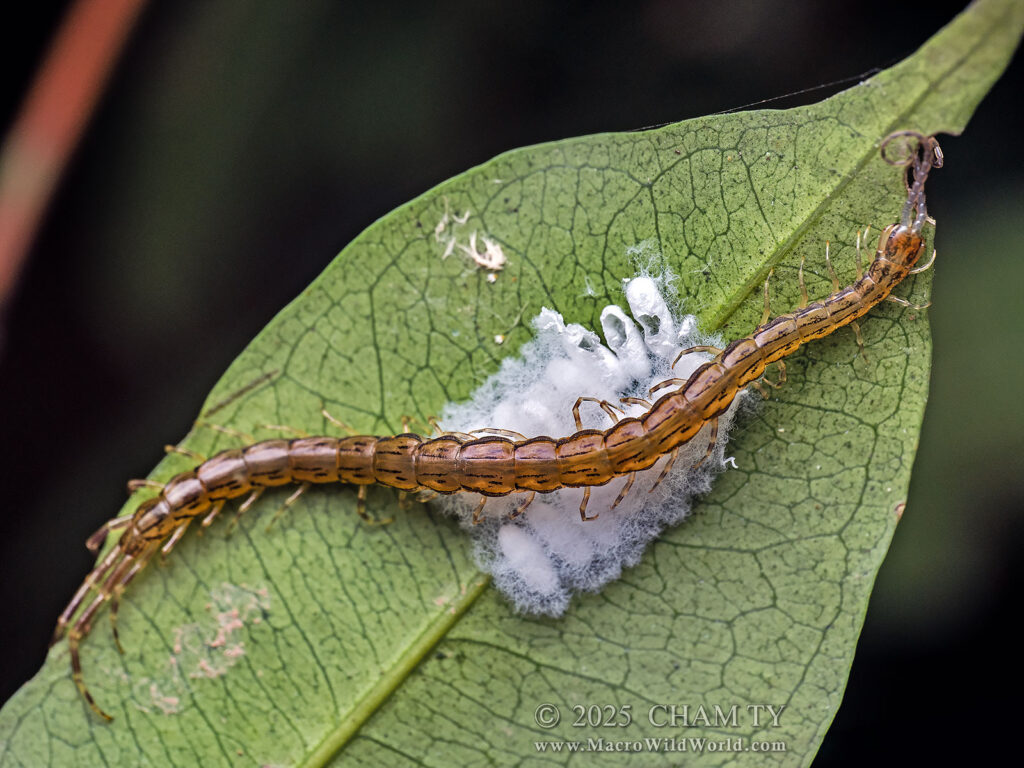
Otostigmus sulcipes
Singapore
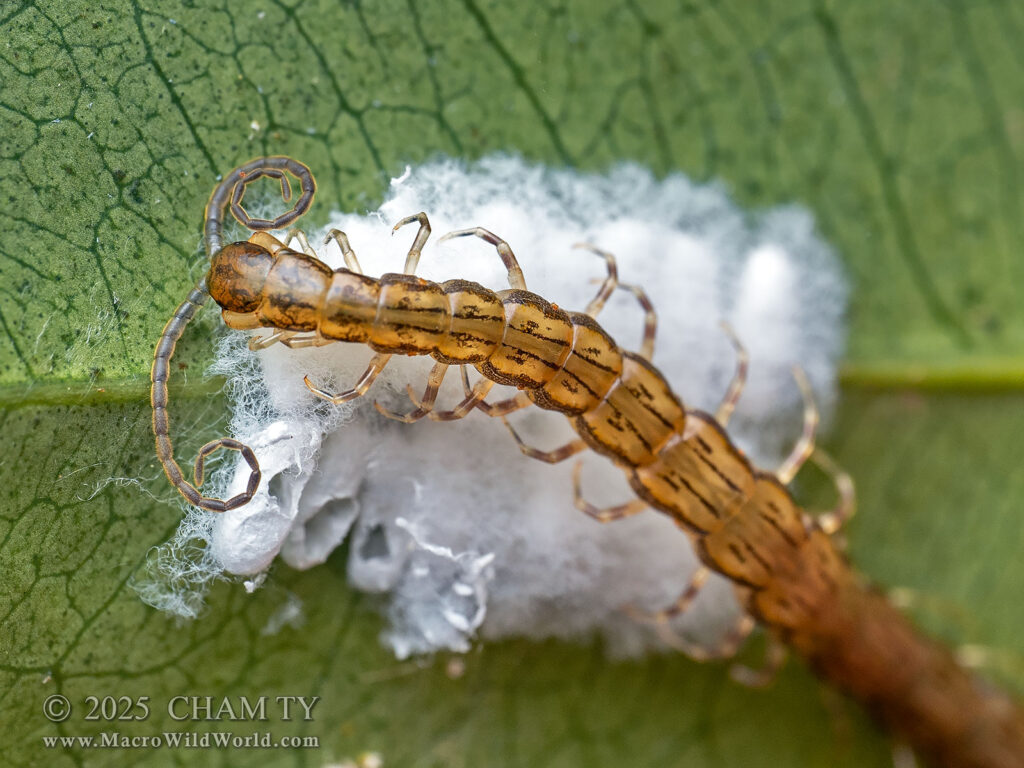
Otostigmus sulcipes
Singapore
Subfamily : Scolopendrinae
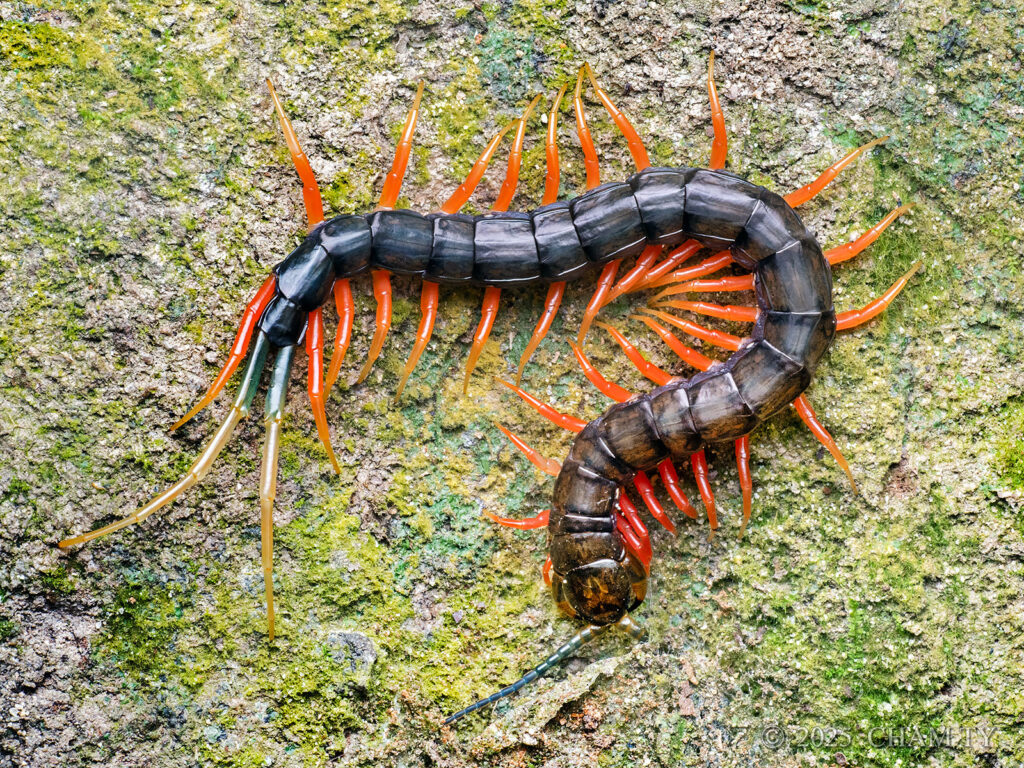
Scolopendra subspinipes
Singapore

Scolopendra subspinipes
Singapore

Scolopendra sp.
Tawau, Sabah, Malaysia
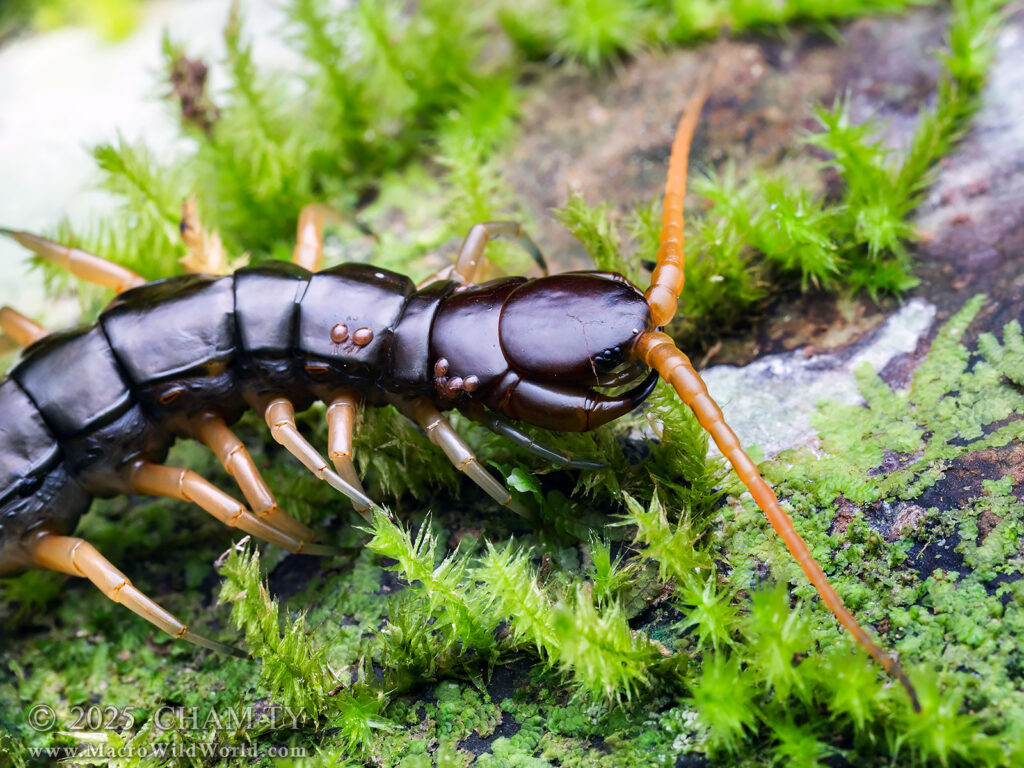
Scolopendra sp.
Tawau, Sabah, Malaysia

Scolopendra sp.
Singapore
Order : Scutigeromorpha
Family : Scutigeridae
Scutigeridae is a family of centipedes that are known as house centipedes.
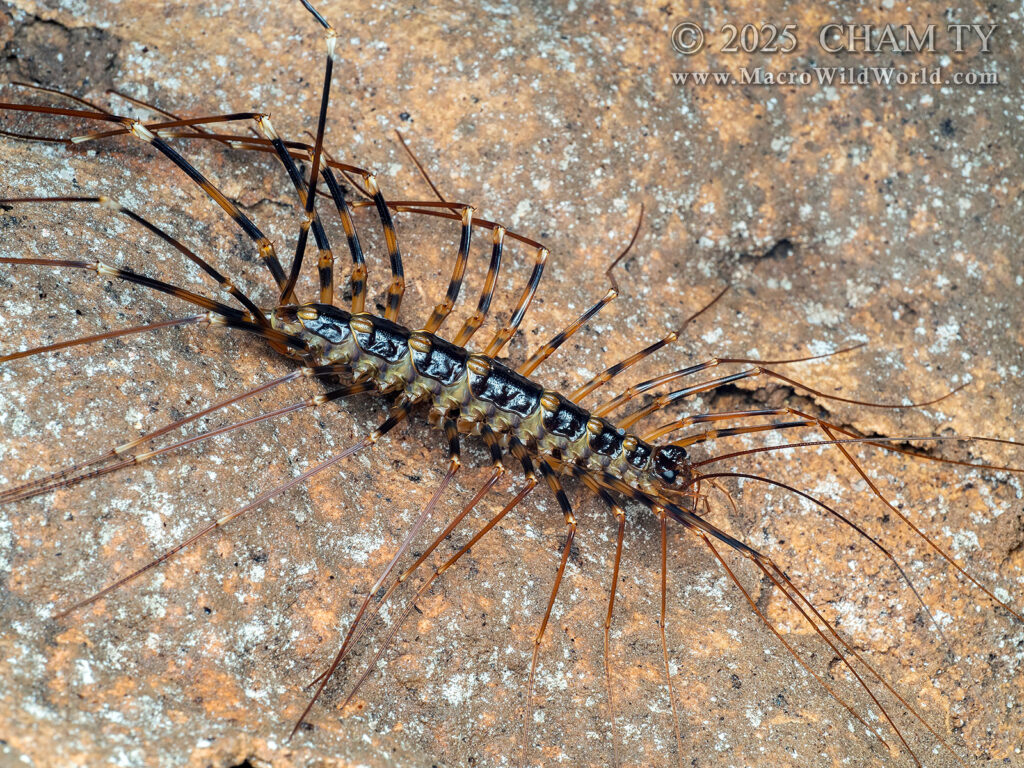
Typical House Centipedes
Bukit Lawang, Sumatra, Indonesia
Subfamily : Thereuoneminae

Thereuopoda
Singapore
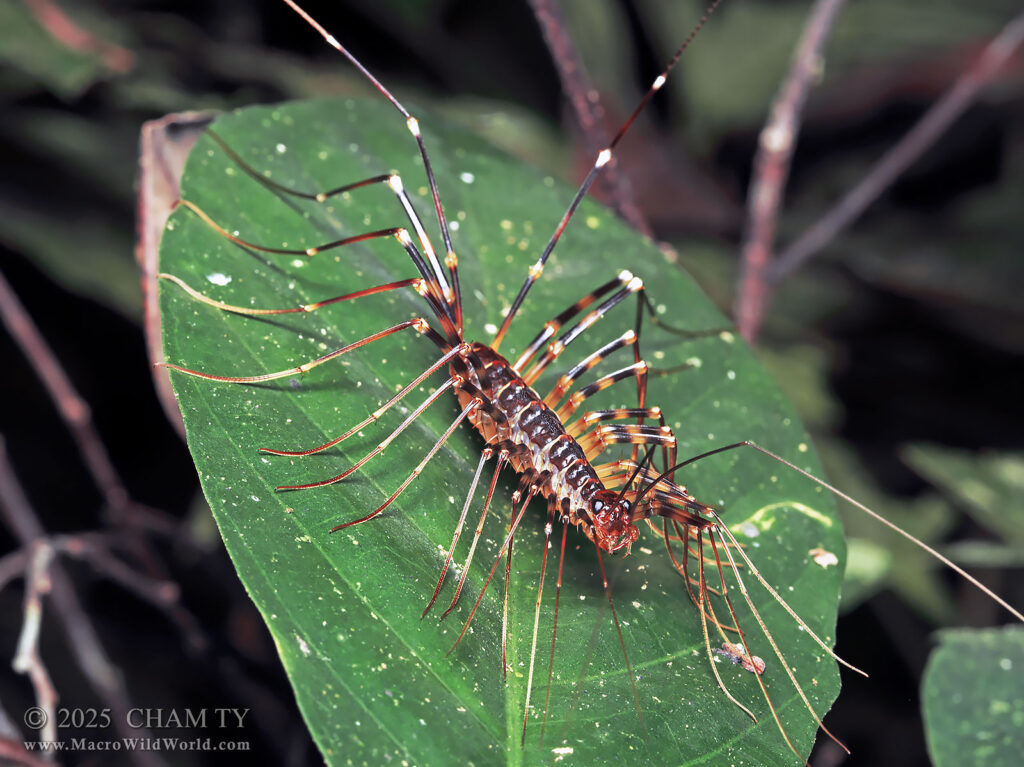
Thereuopoda
Singapore
Class : Diplopoda
Millipedes (originating from the Latin mille, “thousand”, and pes, “foot”) are a group of arthropods that are characterised by having two pairs of jointed legs on most body segments. Each double-legged segment is a result of two single segments fused together. Most millipedes have very elongated cylindrical or flattened bodies with more than 20 segments, while pill millipedes are shorter and can roll into a tight ball. Although the name “millipede” derives from Latin for “thousand feet”, no species was known to have 1,000 or more until the discovery in 2020 of Eumillipes persephone, which can have over 1,300 legs.
Most millipedes are slow-moving detritivores, eating decaying leaves and other dead plant matter; however, some eat fungi or drink plant fluid. Millipedes are generally harmless to humans, although some can become household or garden pests.
Superorder : Glomeroidea
Pill Millipedes
Order : Glomerida
Superfamily : Glomeroidea
Family : Glomeridae
Subfamily : Mauriesiinae
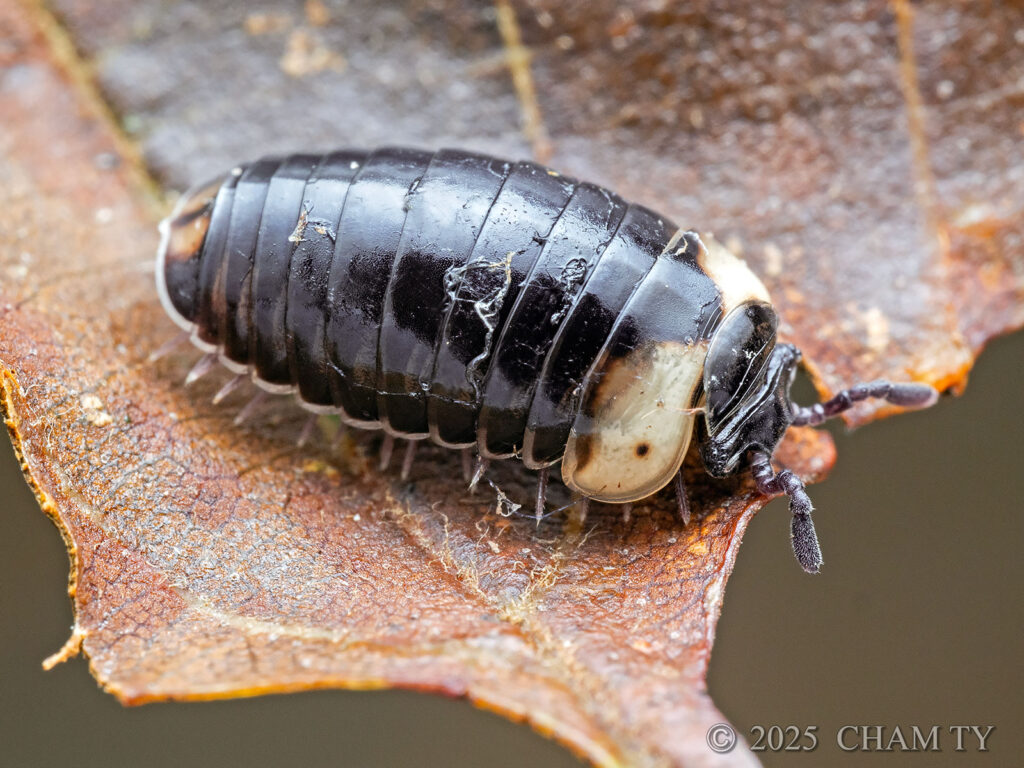
Mauriesia splendida
Taiwan
Superorder : Juliformia
Round-backed Millipedes

Bukit Lawang, Sumatra, Indonesia
Order : Spirobolida
Iron Millipedes
Suborder : Spirobolidea
Family : Pseudospirobolellidae
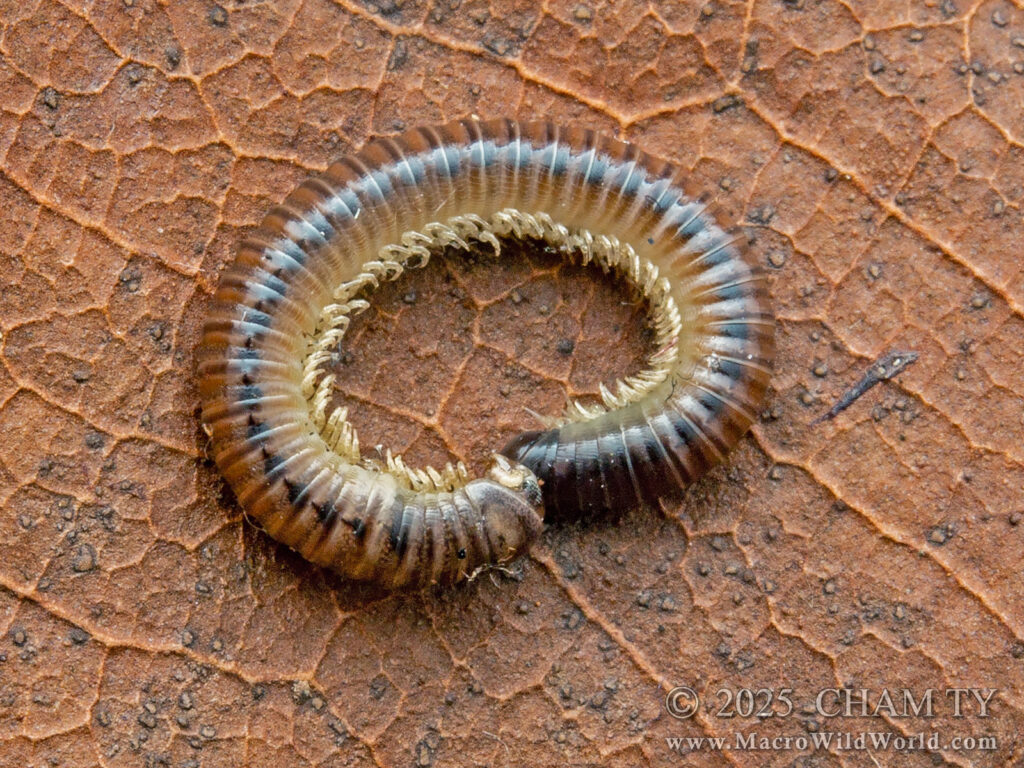
Pseudospirobolellus avernus
Singapore

Pseudospirobolellus avernus (fluorescent under UV light)
Singapore
Suborder : Trigoniulidea
Family : Pachybolidae
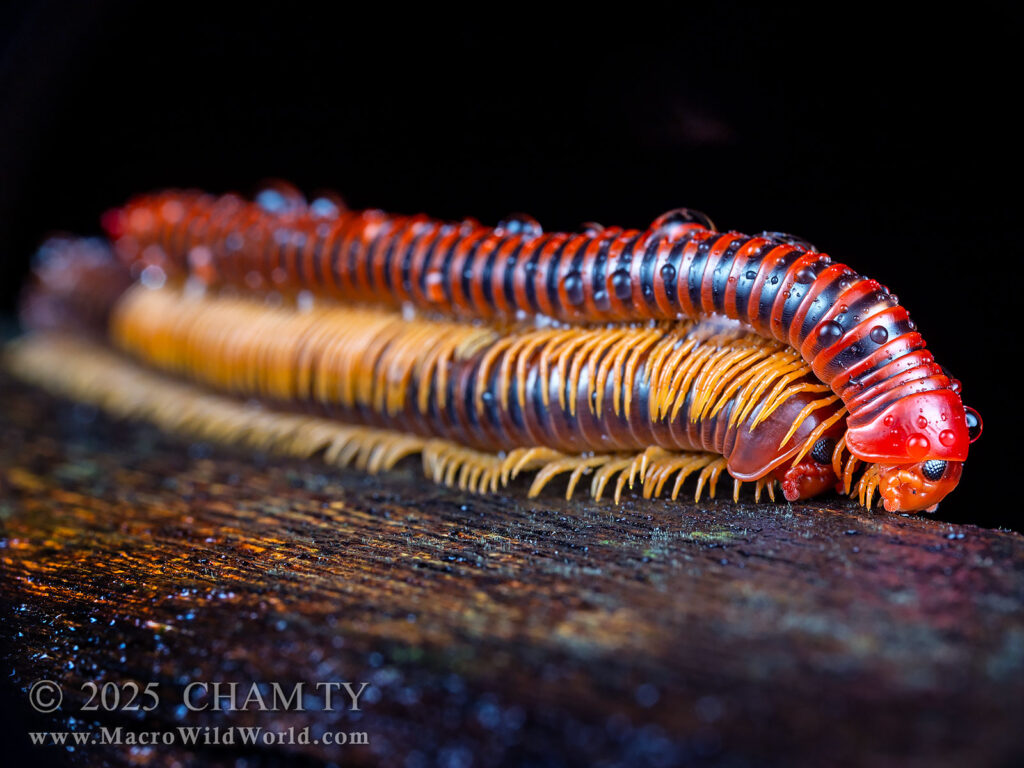
Mulu, Sarawak, Malaysia
Order : Spirostreptida
Suborder : Cambalidea
Family : Cambalopsidae
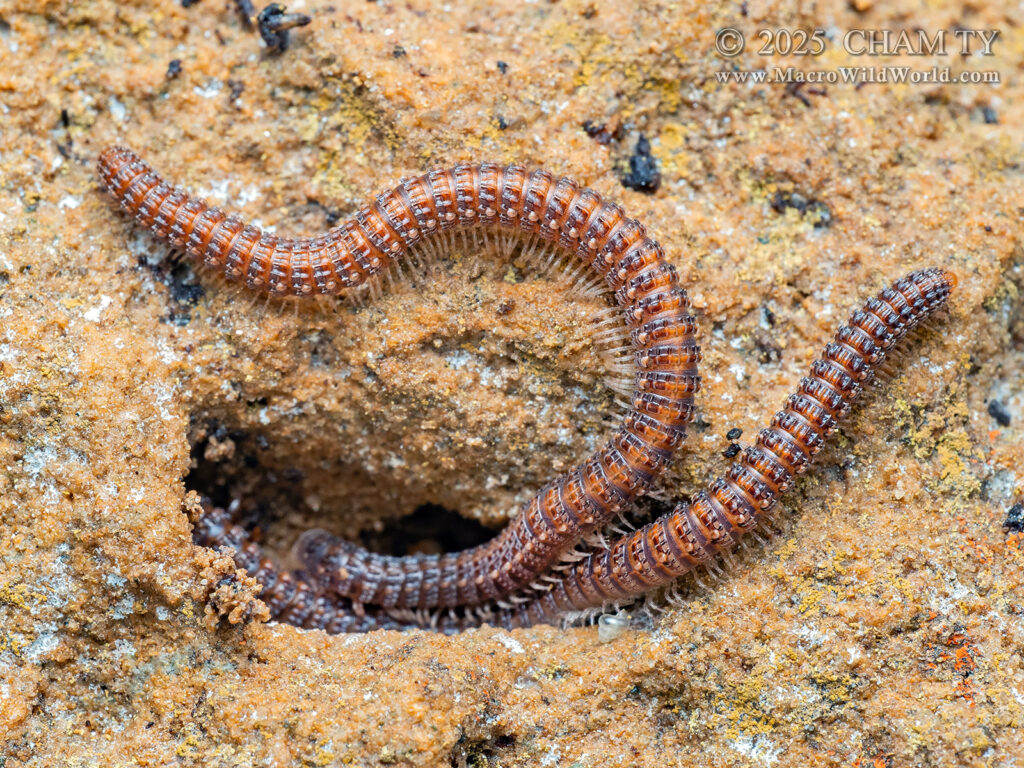
Bukit Lawang, Sumatra, Indonesia
Superorder : Merocheta
Order : Polydesmida
Flat-backed Millipedes
Family : Andrognathidae
Subfamily : Bazillozoniinae
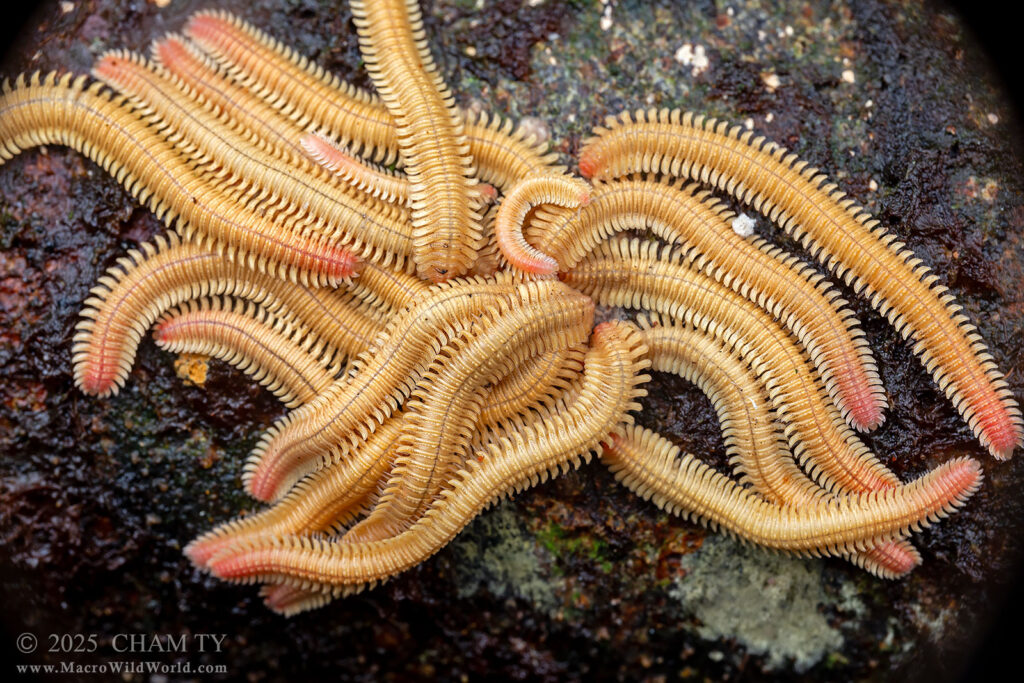
Pseudodesmus
Noodle Millipedes
Mulu, Sarawak, Malaysia
Suborder : Leptodesmidea
Family : Platyrhacidae
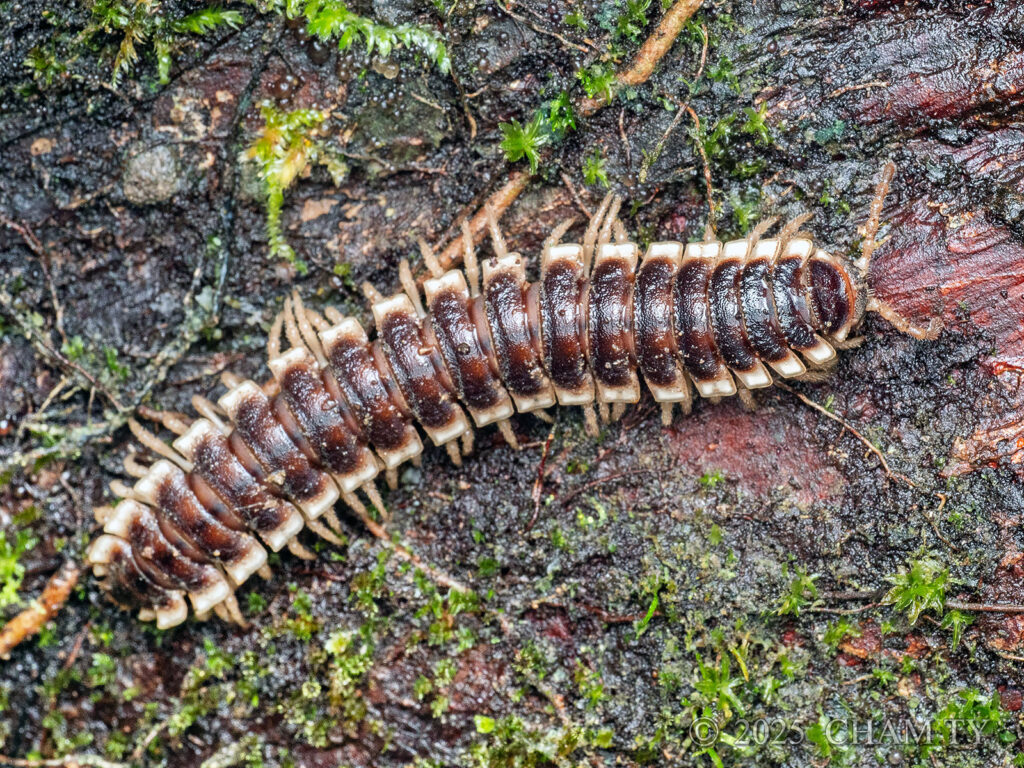
Platyrhacidae
Mulu, Sarawak, Malaysia
Subfamily : Platyhacinae

Stenoniodes sp.
Tawau, Sabah, Malaysia
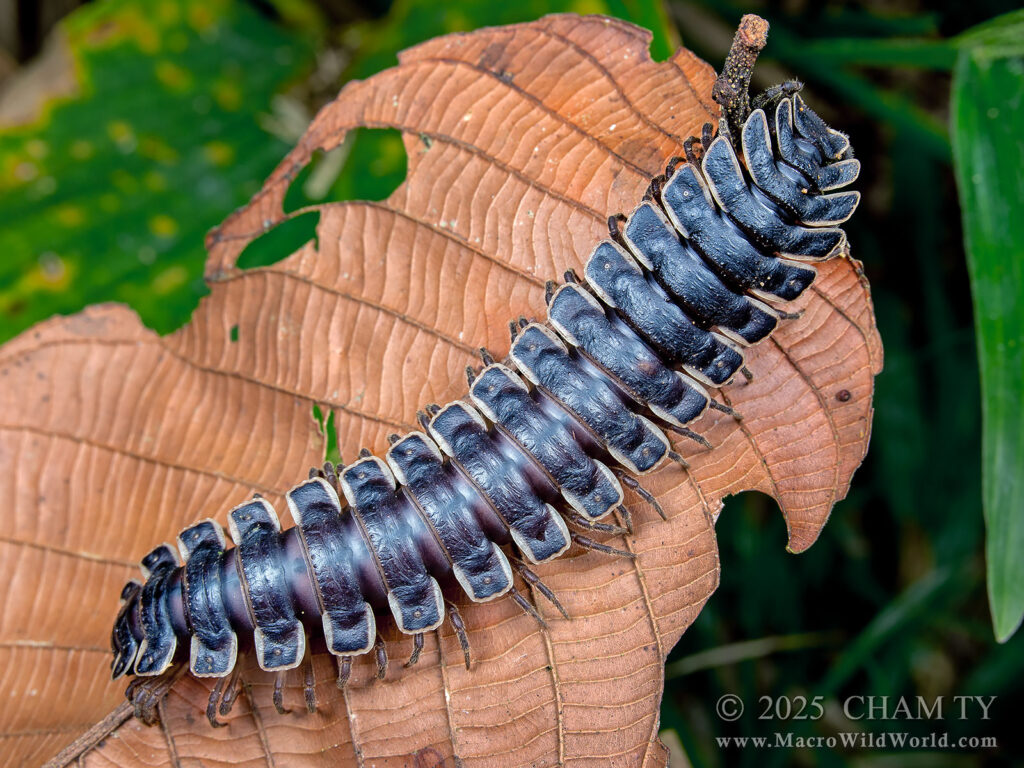
Stenoniodes sp.
Tawau, Sabah, Malaysia

Stenoniodes sp.
Tawau, Sabah, Malaysia
Suborder : Polydesmidea
Superfamily : Pyrgodesmoidea
Family : Pyrgodesmidae
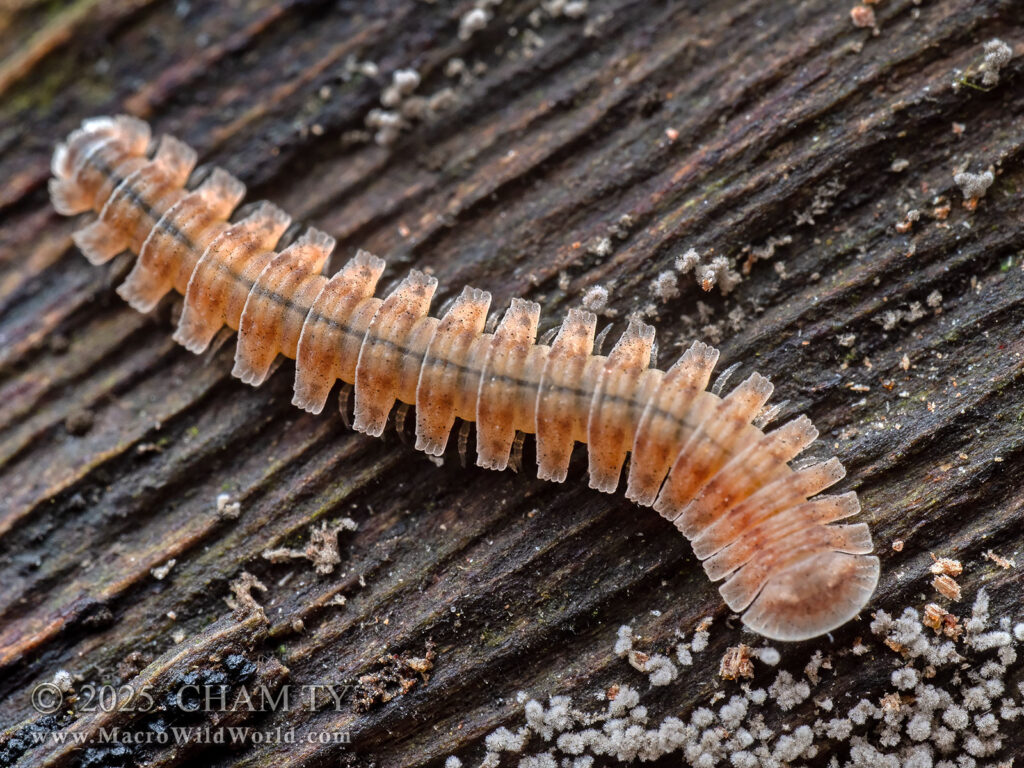
Cryptocorypha
Singapore
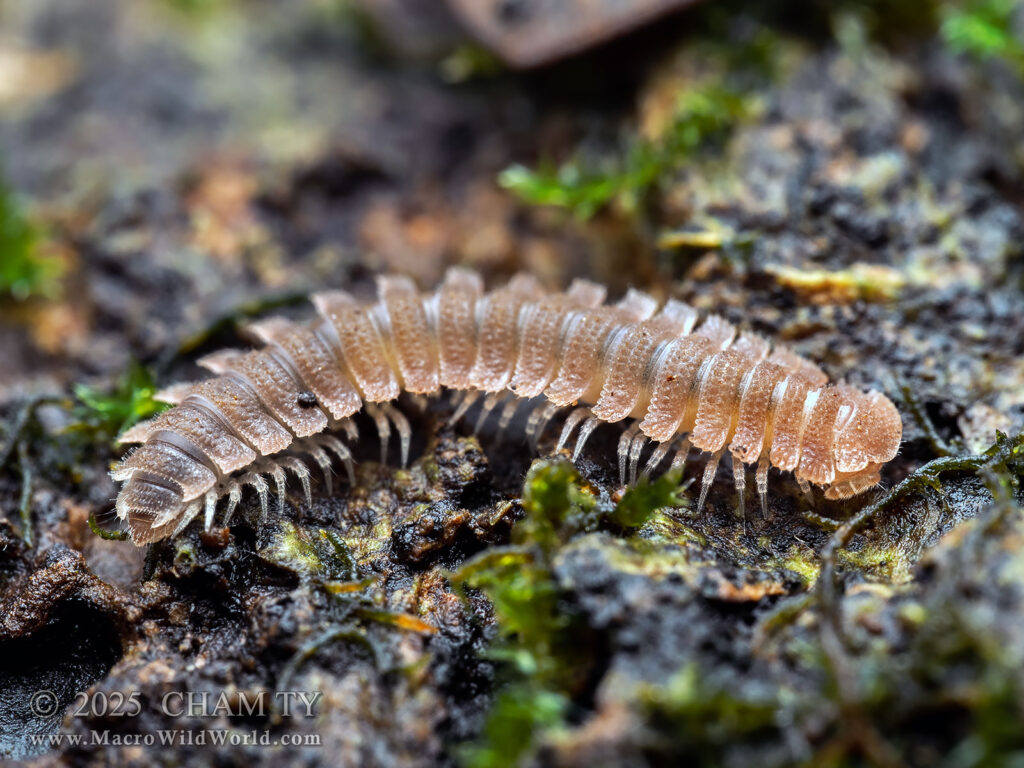
Cryptocorypha
Singapore
Suborder : Strongylosomatidea
Family : Paradoxosomatidae
Subfamily : Paradoxosomatinae
Tribe : Orthomorphini
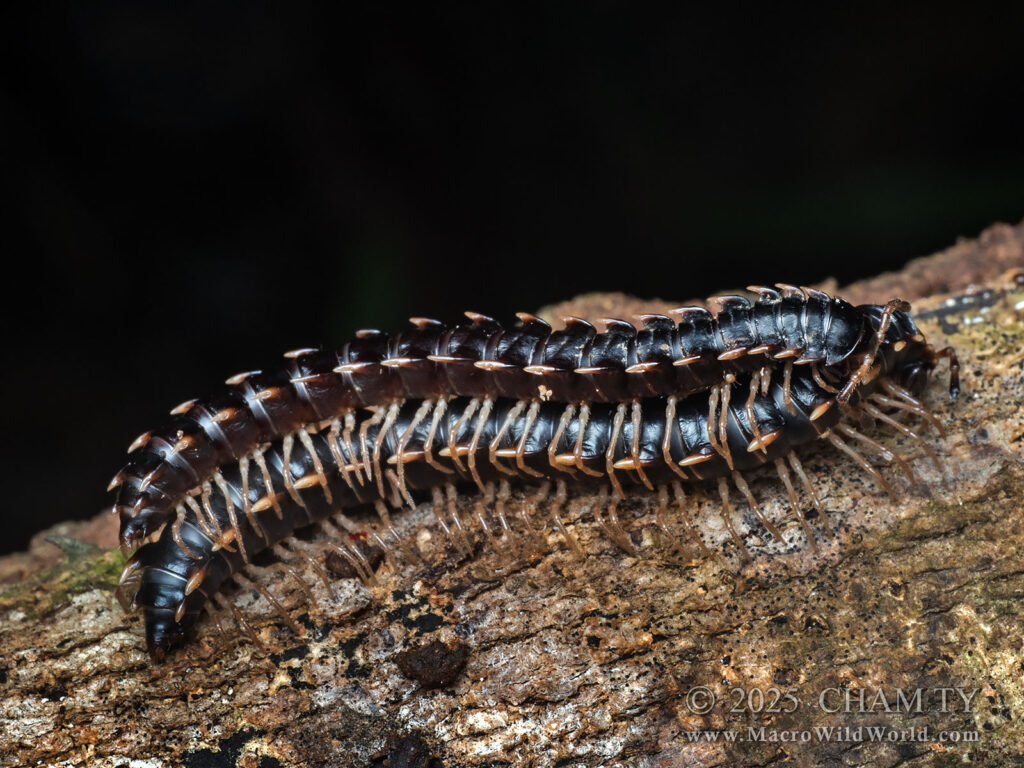
Orthomorpha murphyi
Singapore
Tribe : Tectoporini
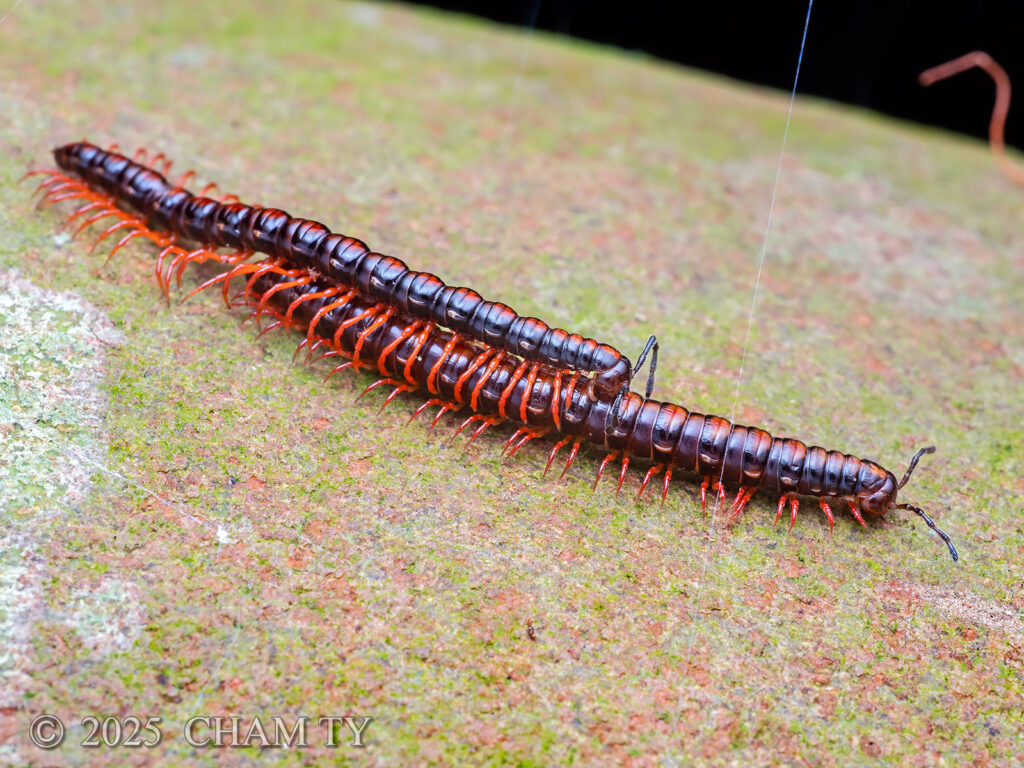
Helicorthomorpha holstii
Orange Rosary Millipede
Taiwan
Order : Siphonophorida
Snout Millipedes
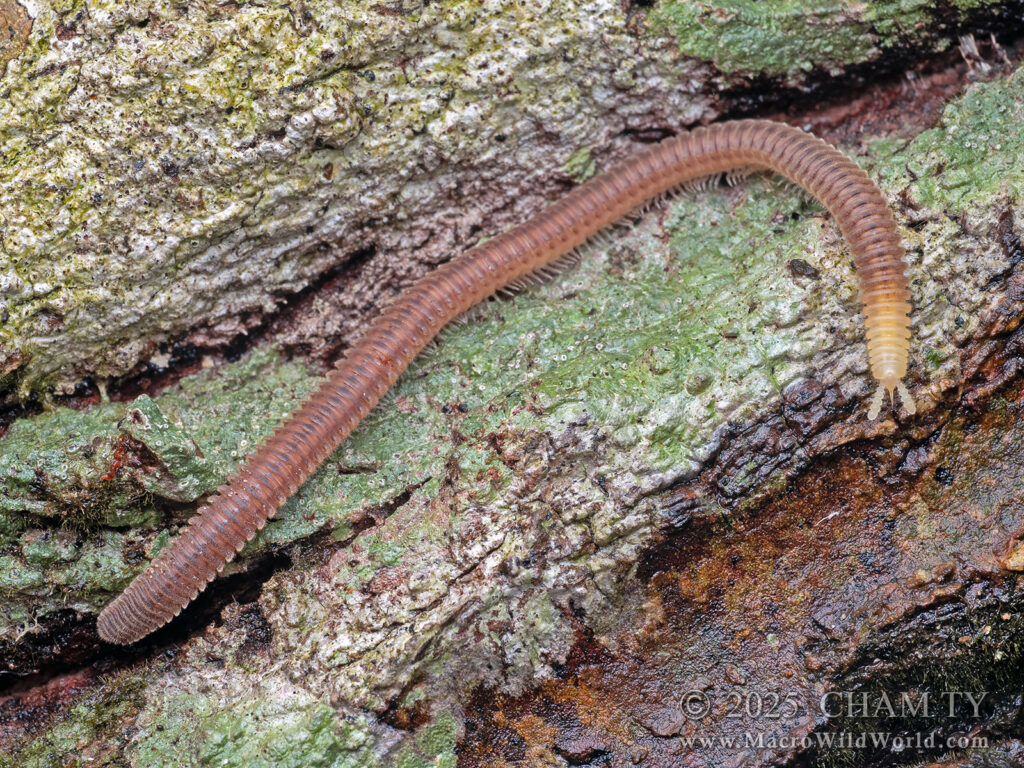
Snout Millipede
Singapore
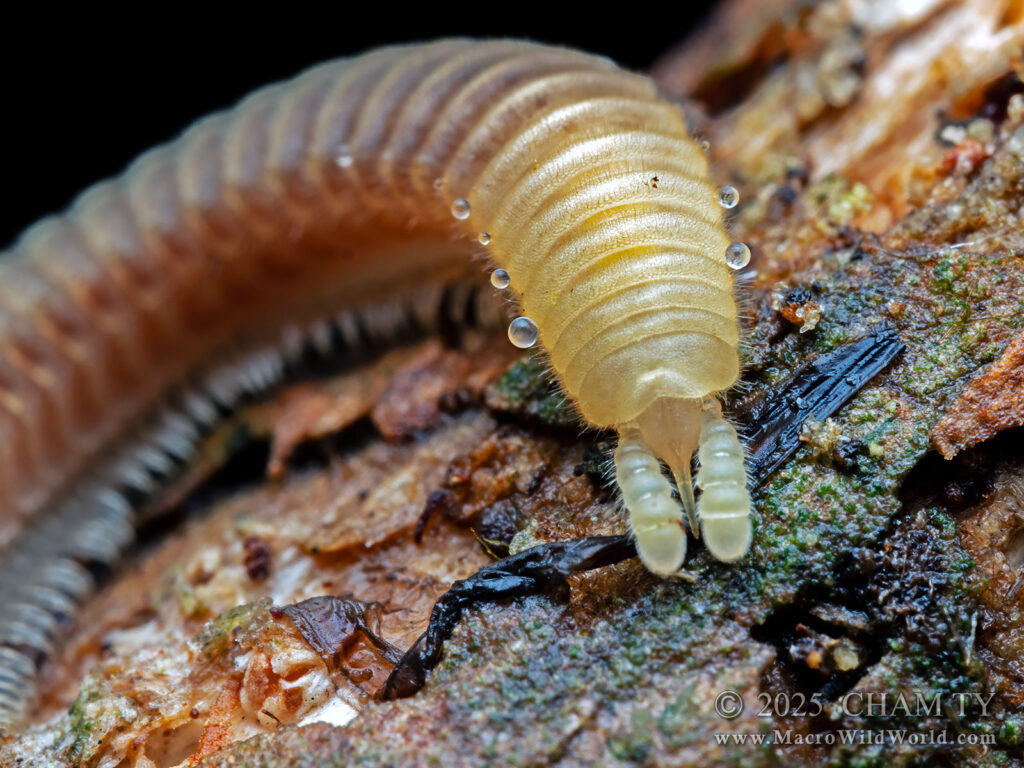
Snout Millipede
Singapore
Superorder : Oniscomorpha
Pill Millipedes
Order : Sphaerotheriida
Giant Pill Millipedes
Family : Arthrosphaeridae
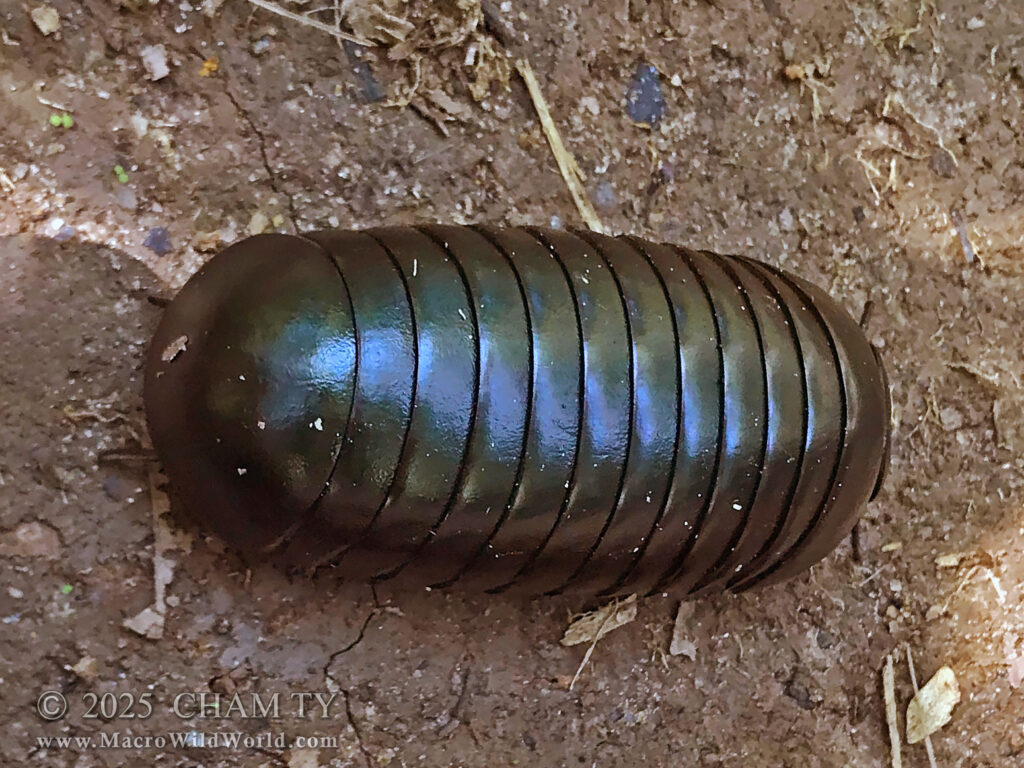
Zoosphaerium neptunus
Madagascar Green-Emerald Giant Pill-Millipede
Andasibe, Madagascar
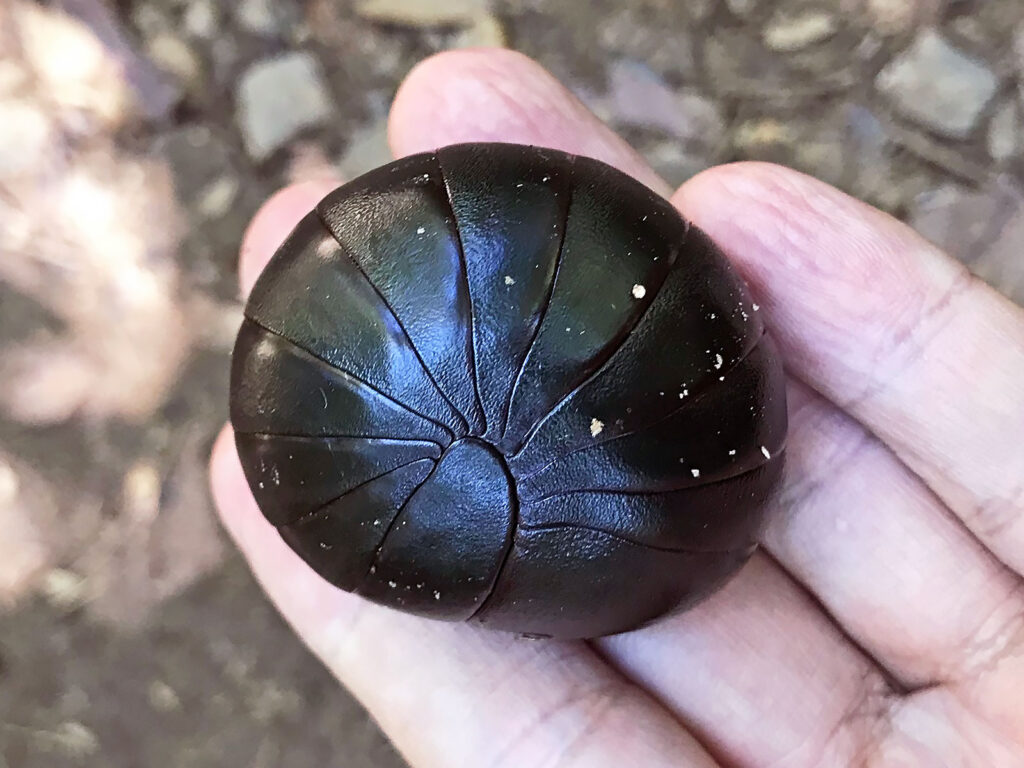
Zoosphaerium neptunus
Madagascar Green-Emerald Giant Pill-Millipede
Andasibe, Madagascar
Family : Zephroniidae
Zephroniidae is a family of giant pill millipedes
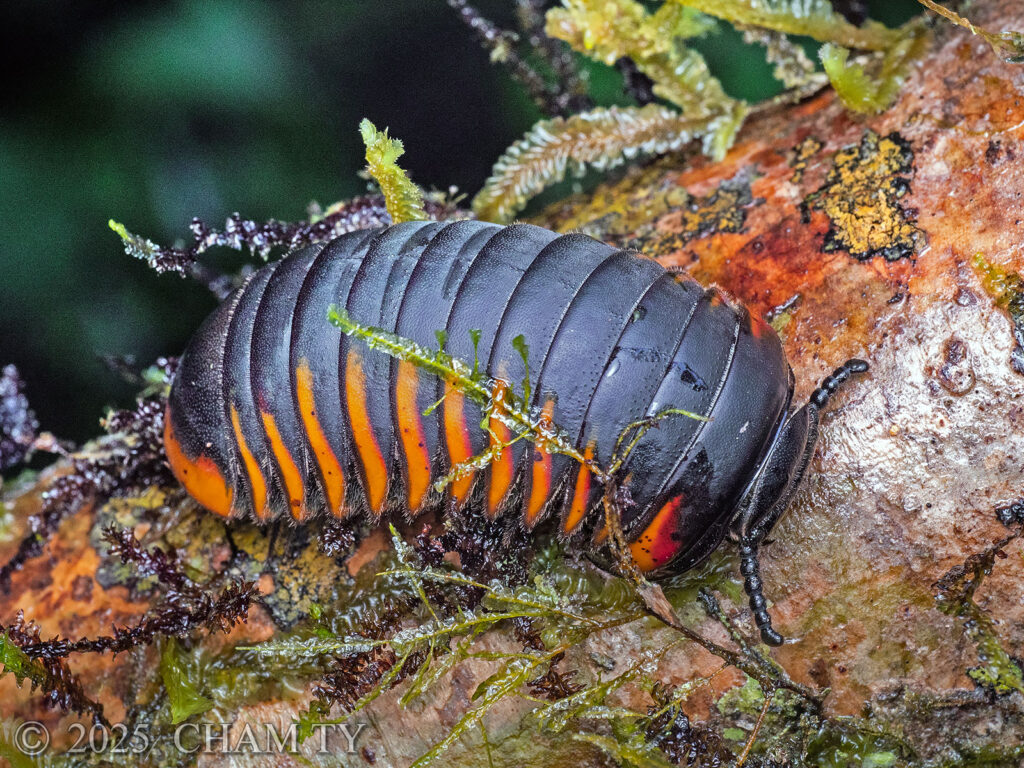
Zephronia sp.
Mulu, Sarawak, Malaysia
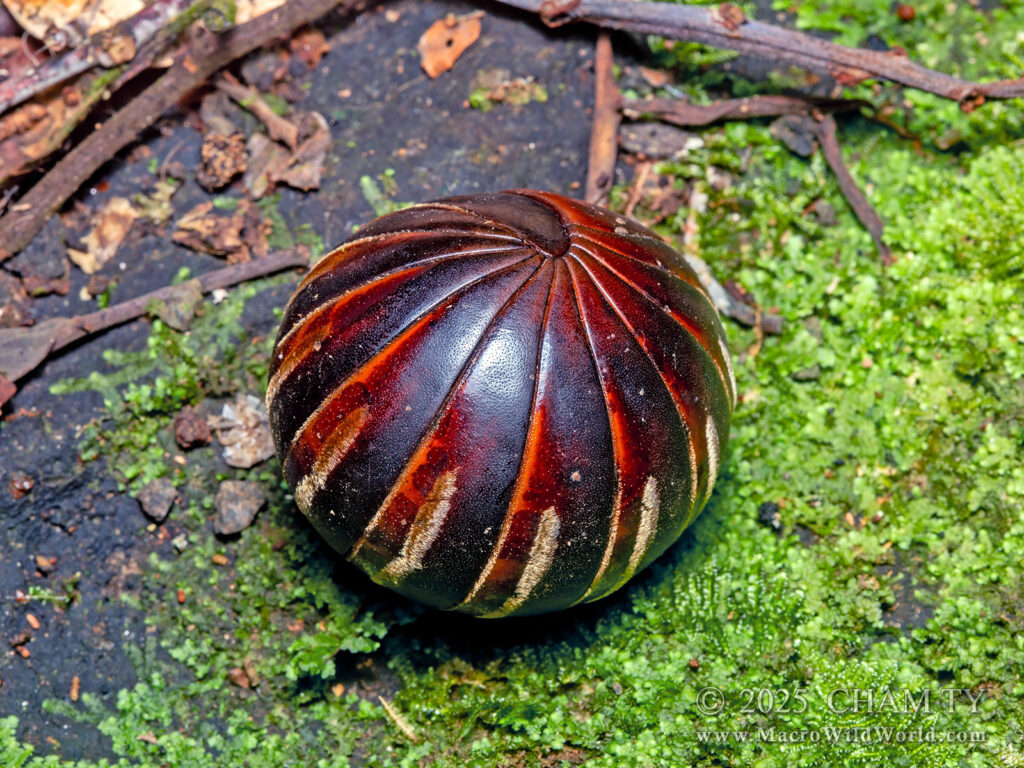
Zephronia sp.
Tawau, Sabah, Malaysia
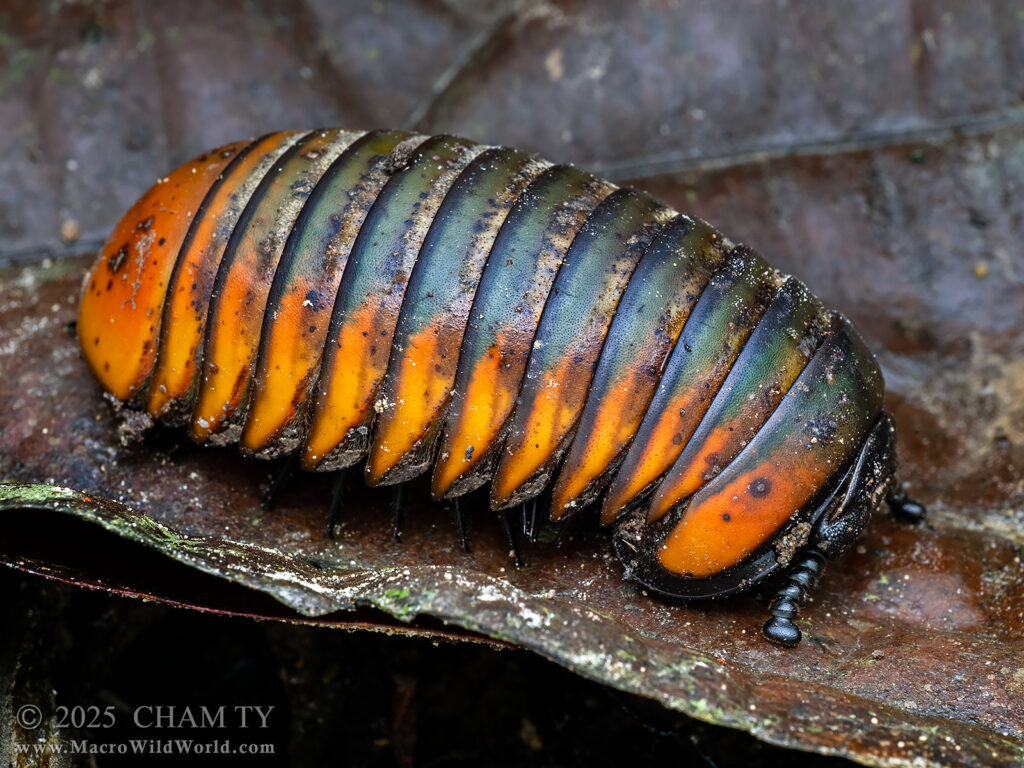
Zephronia sp.
Serinsim, Malaysia
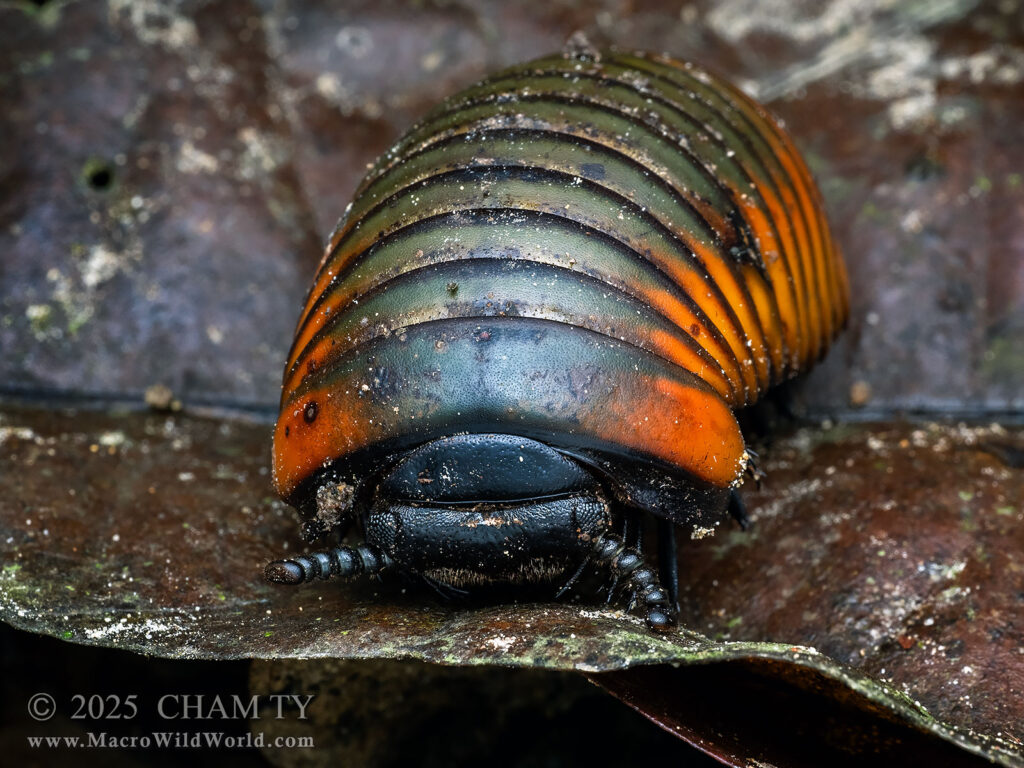
Zephronia sp.
Serinsim, Malaysia
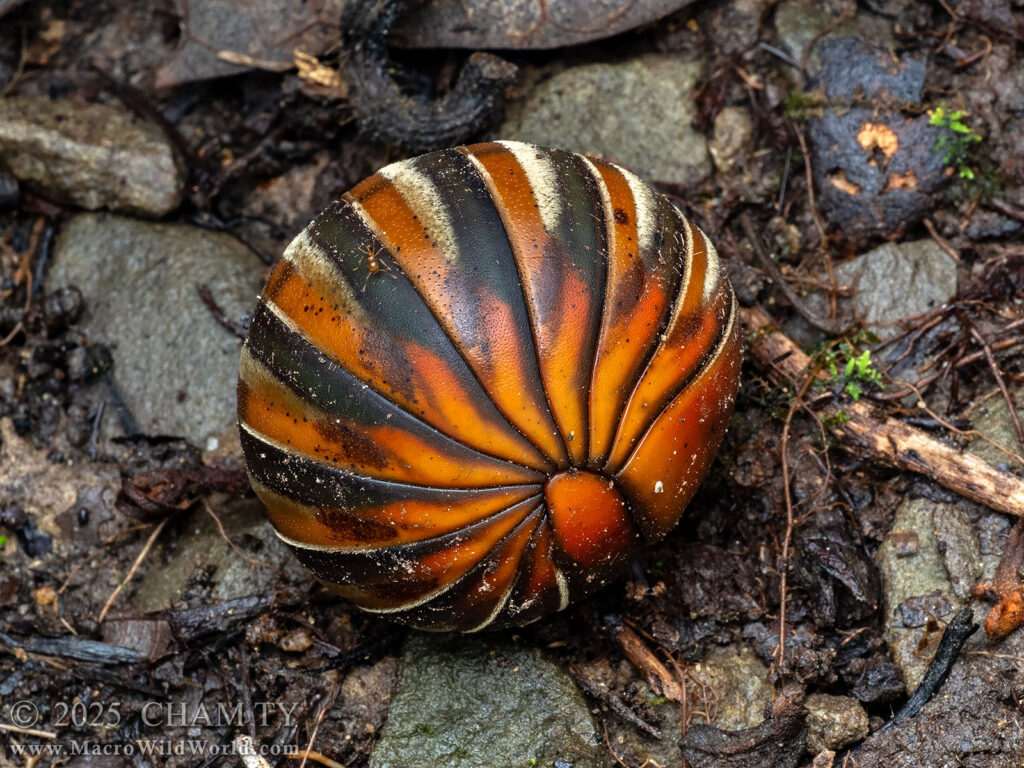
Zephronia sp.
Serinsim, Malaysia
